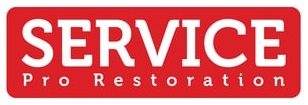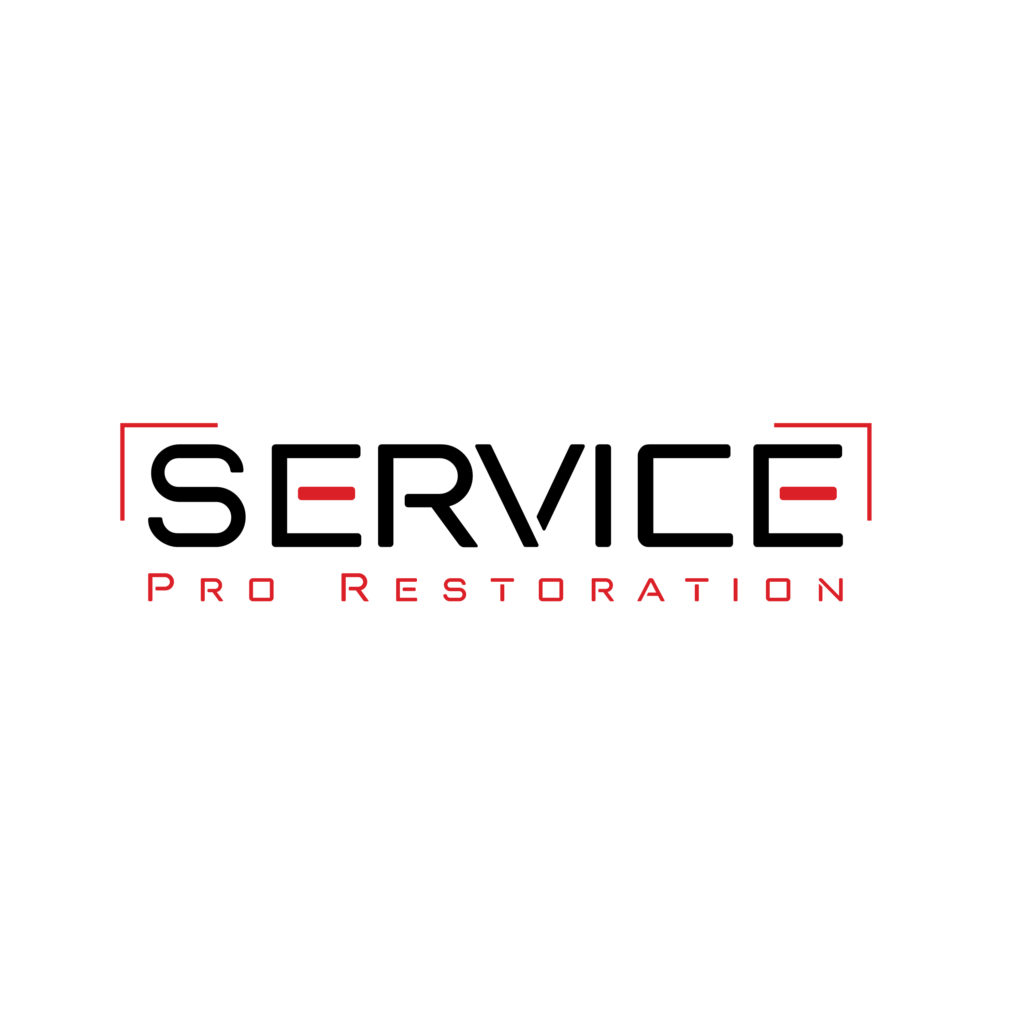How to Deal With a Flooded Kitchen

If your kitchen was flooded due to severe weather, you are probably wondering how to handle the situation. The best thing to do is notify your insurance company as soon as possible. This way, the company will work with you to get estimates and negotiate the best deal possible. They will also be familiar with how to restore and rebuild homes. If you have flood insurance, notify your insurance company immediately, and don’t wait. Make sure you ask questions about your coverage and ask about extra costs that may apply.
How to prevent a flooded kitchen
Flooded kitchens are not fun to clean, but if you take the necessary precautions, you can minimize the damage. First, remove excess water from your kitchen and furnishings. You can use dehumidifiers and air conditioners to help dry out the kitchen, and you can keep doors open to allow air to circulate. You should also open drawers to let excess moisture escape. Moreover, if your kitchen contains wooden furniture, wipe all upholstery thoroughly. Water from floods can severely weaken wood furniture.
A clogged drain tube is another cause of floods. You can clean the blocked tube to restore the draining process. In some cases, you may have to replace the hose if you are unable to clear the blockage.
How to prevent a flooded kitchen from forming mold
If your kitchen has recently flooded, you should take steps to prevent mold growth. First, open the windows and doors. Then, use powerful fans and dehumidifiers to dry the affected areas. For larger areas, you may want to invest in industrial-size models. These are designed to dry larger areas in a shorter time. You should also remove any furniture from the wet area, if possible.
Once the water has been removed, it is important to immediately dispose of any porous household goods. Furniture that is still damp will feed mold spores. Also, wet drywall and insulation can harbor mold colonies. Carpeting also retains living mold spores. If you have mold in the area, you should dispose of appliances that use fans.
Afterward, you should clean the affected area thoroughly. Remember to wear protective clothing and gloves if you’re going to use bleach. After rinsing the affected areas with bleach, allow the bleach solution to sit for at least 10 minutes. You can also use an antimicrobial cleaner or undiluted white vinegar.
How to prevent a flooded kitchen from causing damage to other appliances
The first step in dealing with a flood in the kitchen is to shut off the water supply valve. This valve is usually located in the basement or crawlspace, near the outdoor hot water heater. This way, no water will flow into the kitchen and will damage any electrical appliances. It is also necessary to turn off the water in the rest of the house.
If the flooding is severe, call a plumber immediately. If the flood is only minor, use a pump to remove the excess water and mop up the remaining moisture. You can also try to keep the doors and windows open to prevent further damage. You can also use dehumidifiers or fans to help reduce humidity. The most important thing to do in case of a flood in the kitchen is to take emergency measures immediately.
If the damage is not extensive, it’s important to inspect appliances to see if they’re leaking. It’s easy to spot a leaky appliance by looking for standing water or dark spots on nearby walls. Taking these steps now will prevent a large flood in the future.




